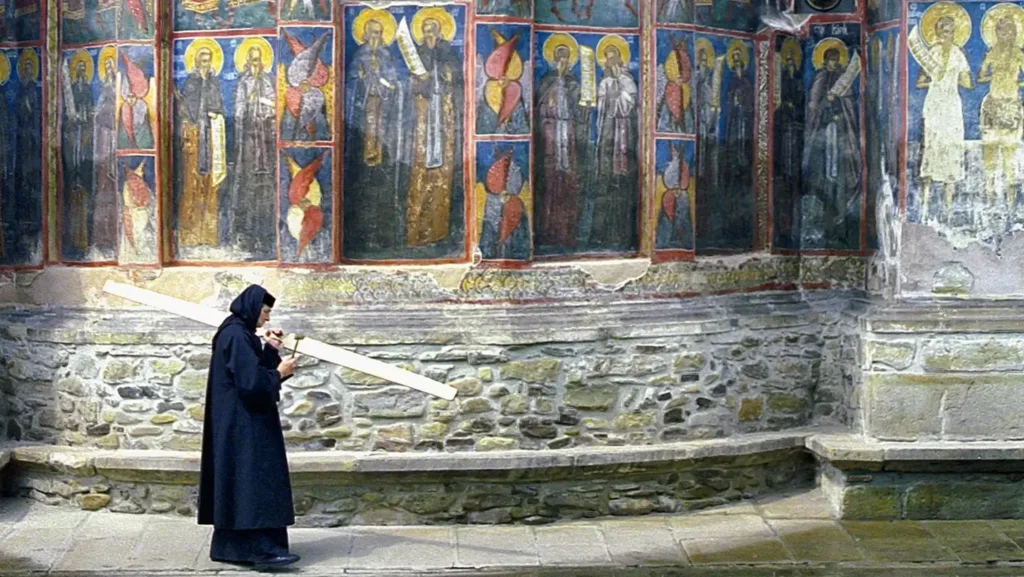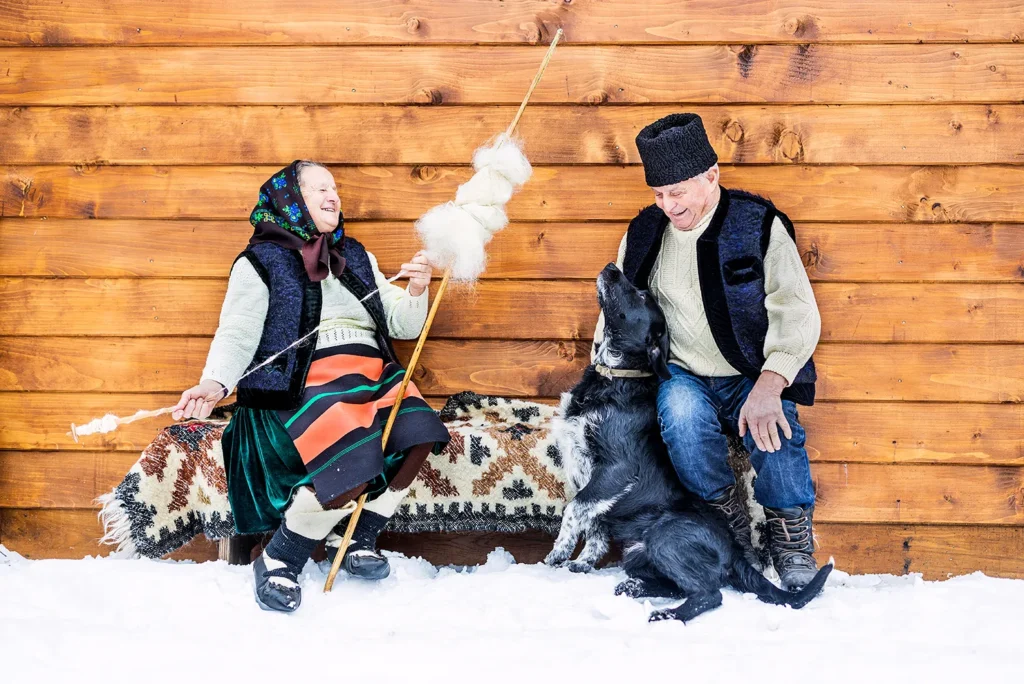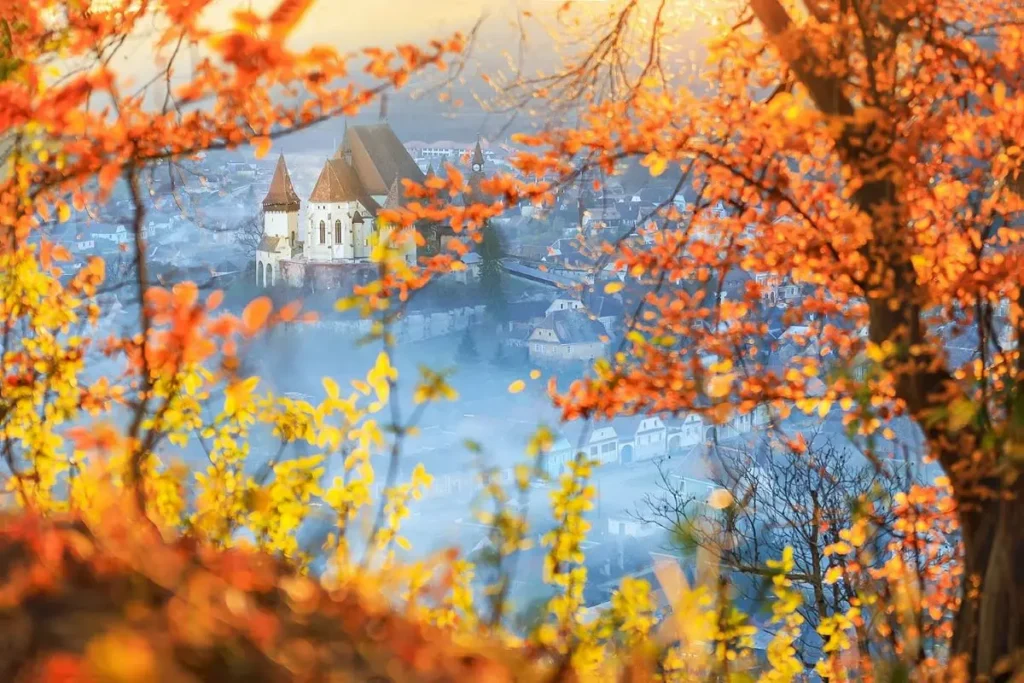Chapters
When thinking of history, time loses its limits, and inevitably, the images of certain famous persons are brought to our minds, people who, over the centuries, have become characters in historical books, movies, and theatrical plays. This is the history illustrated by legends, the history in which each country or continent praises its heroes. Yet, at such times, we tend to forget that history is mainly written in blood, in plots and betrayals in which, most of the time, those who had chosen to sacrifice themselves were easily forgotten by time and history, in which few are those who succeeded in rising above the centuries, enforcing principles and fighting for them while inspiring people across the ages. The history of humanity recorded some of the heroes’ names but unfairly forgot the names of others who might have deserved at least the same honours. In the lines to follow you will find the history of the heroes and people who once lived in the land that is now called Romania. You will discover Romanian history and how time has shaped places and characters, what it has given and taken, built and destroyed, and the life it has created and ended, while what has remained takes you today through an old civilization full of symbols and meanings.
A glance at the Romanian history
Antiquity
The first evidence of human life recorded in the lands that today are bordered by the Black Sea and the Danube, around the Carpathian Mountains, goes back as far as several thousand years ago to the palaeolithic age. It proves the existence of a civilization that processed metals, made pottery, and artfully adorned their tools and even weapons. The first tribes known to form a nation were the Dacians, who were described by Greek historians starting approximately 2500 years ago. The Dacians formed a distinct group who worshipped a single god, Zalmoxis, and prayed in sanctuaries, some of which exist even nowadays. They were warriors, and they viewed death with serenity, believing that souls are immortal. Guided in battle by their flag, a wolf’s head attached to a dragon’s body, the Dacians expanded their territory and dominated almost the entire Danube basin. Far from being a barbarian nation, the Dacians had a complex set of concerns and pursuits, as proven by their vast knowledge of medicine and the wide variety of ceramics and iron objects discovered on archaeological sites. Yet the most impressive of all their work remains the gold jewels, which were very heavy and richly decorated. Even today, the Dacian treasure still draws the attention of treasure hunters from all over the world, just as our neighbours, particularly the Roman Empire, were drawn to it 2000 years ago. The success of the Roman conquest campaigns and maintaining Rome’s greatness required huge amounts of gold. Exhausted by the civil war in Pompei, Caesar himself mobilized over 40.000 legionaries towards the Danube area, twice as many as were used for the conquest of Gaul, but his death postponed this mission. Another 150 years passed before the Roman Empire resumed these plans, but they were outrageously defeated by the Dacians, and for the first time in the history of the Roman Empire, the Romans had to pay tribute. When the Empire was in a crisis, they assembled all forces near the Danube.
A true man of genius, the emperor Trajan, nowadays considered one of the five greatest leaders of the Empire, was the one who accomplished this 150-year-old plan. The display of force was more than impressive. Trajan crossed the Danube with no less than 13 legions, and after 6 years of campaigning, Dacia was conquered, and the Empire was saved from falling. The Romans finally discovered the Dacian treasure under the course of a river, and 165.000 tons of gold and 300.000 tons of silver were sent to Rome. Allegedly, they feasted for 123 days, as never before in the history of the Empire and in the fighting ring, the name ‘gladiator’ became synonymous with that of ‘Dacian’.
However, although Rome had seemingly been saved from falling, Romans were not expecting, nor were they prepared, for the great danger that was approaching from the East. New Asian tribes had left the steppe and were ragingly coming towards Europe, allured by the wealth of the Western world. A long dark period followed, which would end no sooner than some hundred years. Faced with the barbarian invasions, the locals’ only ally turned out to be nature. Left by the army, plundered by the invaders, with their towns turned to ashes, they withdrew to the forests and mountains and found a new home.
The Middle Ages
Century after century, wave after wave, the invaders marched through these territories, some setting up ephemeral kingdoms, others being completely forgotten by history, while at the same time, a new nation was being born, the Romanian nation. When fires ceased to burn, Romanians built their towns again, set up churches and laid the foundations of the first Romanian principalities. However, peace did not last long because of the Mongolian attacks that took Europe by surprise with unparalleled fury and violence. At a time when hundreds of towns were disappearing under the Mongolians’ fire and terror was seizing Europe entirely, in the lands once conquered by the Romans, the newly-formed nation was looking for its leaders.
Different times would follow, times when peace was that brief moment in which one prepared for a new battle. More than ever before these people needed strong leaders, able to organize them into states, lead them in war and overcome the plots hatched around the throne. It is the time when the three Romanian historical provinces were founded, Moldavia, Transylvania and Wallachia, when the joy of victory and the agony of defeat easily blended when the genius of great leaders like Mircea the Elder of Wallachia, Iancu of Hunedoara, Vlad the Impaler and Stephen the Great made those people survive.
The Renaissance
While Western chroniclers were praising the beauty of the masterpieces created at the beginning of the Renaissance Age and the troubadours wandered from fortress to fortress singing about love stories, blood started to flow again on the banks of the Danube. The Crusaders’ defeat brought the Ottomans to the gates of Europe, and the Romanians found themselves again left on their own against armies that were several times bigger than theirs. They defied the danger, sacrificed their homes and children, and fought an inconceivably violent war that would expand over the centuries.
Many European kings and princes of the day praised the man who would always be known in history as Dracula, none other than Vlad the Impaler, the voivode of Wallachia, whose real life is too little known. During the same century, another great leader ruled in Moldavia, Stephen the Great, also known in the royal courts as “Christ’s Athlete” and defender of the gates of Europe. He was the one who caused the Ottoman Empire its most bitter defeat. Faced with the external danger and the overwhelming superiority of his enemy’s army, he had no other strategy than to set fire to the land before the invasion of the Ottoman Turks. The wells were poisoned, the fields were burnt, the towns and villages abandoned, but the Moldavian soldiers were still there, watching their enemies, hidden in the forests and mountains. Tens of battles were thus won while Europe was gaining new heroes. Their courage was recorded in praising letters bearing testimony of the generations of young men who were sacrificed, of towns, villages and churches burnt to the ground and families destroyed, all later mourned in the saddest legends and ballads ever sung. However, this was also the period when most churches were built and unique monuments whose colours and paintings gracefully astonished the entire world.
The Modern Ages
When World War I came to an end, Romania’s modern history began, with the three provinces united again within the same borders. Under the rule of the Hohenzollern monarchy, Romania witnessed the most prosperous period in its history. The royal family was related to all of Europe’s royalties, they loved the arts and promoted the Romanian values and traditions all over the world. At the end of World War II, the royal family was exiled, and the Romanians became prisoners in their own country.
There followed 50 years of clandestine fighting against the communist régime, during which the main enemies became the country’s cultural and intellectual élite. The dictator, Nicolae Ceauşescu, was continually giving people the illusion of prosperity while constantly fighting with his own ambitions of creating “the new individual”, one who lived in the city far away from the values and traditions he had observed for thousands of years. The failure of the communist experiment was revealed to the world in December 1989 during what was to be known as the first broadcast revolution in history. Democracy would hesitatingly make its way, and Romanians would discover freedom after 50 years. We’ve had a long journey towards finding our place in Europe again, during which we learned the meaning of freedom and the importance of having the chance to say what we think. We are thus able to tell you today about the history of this land accurately, without interpretations, while acknowledging each person’s righteous place and merits. Today you can freely follow the footsteps of those who courageously influenced the history of mankind, you can discover unknown stories in places that will impress you due to the work and imagination of great creators.




